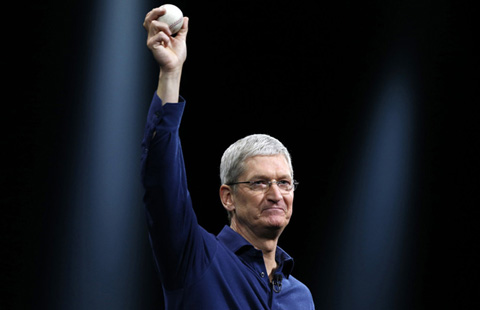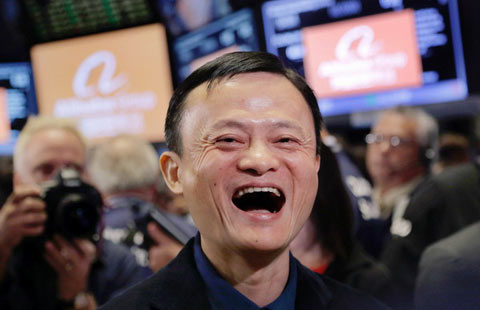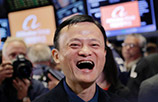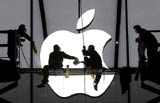Tickling the palates of China's hungry middle-class
By Nick Bevens (China Daily) Updated: 2015-06-10 09:23In future, however it won't just be about quality produce, it'll be about finding a niche, with national agencies desperate to stamp their presence on a booming market which will become increasingly sophisticated.
In recent months we've had equally glowing China export figures on everything from British pig's trotters to Peruvian avocados, Canadian table wines, United States lobsters, even Japanese rice.
In many cases these everyday foods in their own countries are being promoted in China at luxury-goods prices. But that's proving no deterrent whatsoever for aspiring, increasingly cost-and health-savvy Chinese shoppers.
Already bigger than the entire population of the US, China's middle class is also becoming accustomed to staying at the best hotels, driving the best cars, wearing the best clothes, communicating on the best electronic devices, and the global economic implications are huge.
McKinsey & Co predicts by 2022 more than three-quarters of China's urban consumers will earn 60,000-229,000 yuan ($9,000-$34,000) salaries, placing them in purchasing-power-parity terms between the average incomes of Brazil and Italy.
The consultancy also suggests by the end of this year more than a third of the world's new high-end handbags, shoes, watches, jewelry, and ready-to-wear clothing will be bought with Chinese wallets. It's a generation McKinsey calls "the most Westernized to date".
Not so long ago economists loved the expression, "when the US sneezes, the world catches cold".
Scotland also revealed recently that Scotch Whisky sales-its most prized export-fell 7 percent to $6.01 billion in 2014. The decline was in part blamed on a 9 percent drop in the United States, its biggest export market by value.
But officials emphasized also it was due to the ongoing Chinese austerity campaign, where exports crumbled by a quarter to $59.4 million.
We now live in a world where the Chinese sneeze has become by far the most influential.
- Booming prepaid consumption riddled with pitfalls
- Lunch with Warren Buffett auctioned for $2.35 million
- Policy easing aimed at bolstering demand
- China's bankcard consumer confidence rebounds in May
- China slashes import tax on skincare to shoes to spark domestic demand
- China's consumers will continue to surprise the world: experts
- China A-shares on track for inclusion in global benchmarks
- Chile a 'natural' draw for affluent Chinese tourists
- 'Prime time' for coal mergers as market stagnates
- Old brands hungry for success
- MSCI delays including China A shares in benchmark index
- Bourses subdued as MSCI decision nears
- LeTV users to get free 4G access
- Credit risks loom over areas along the coast

















